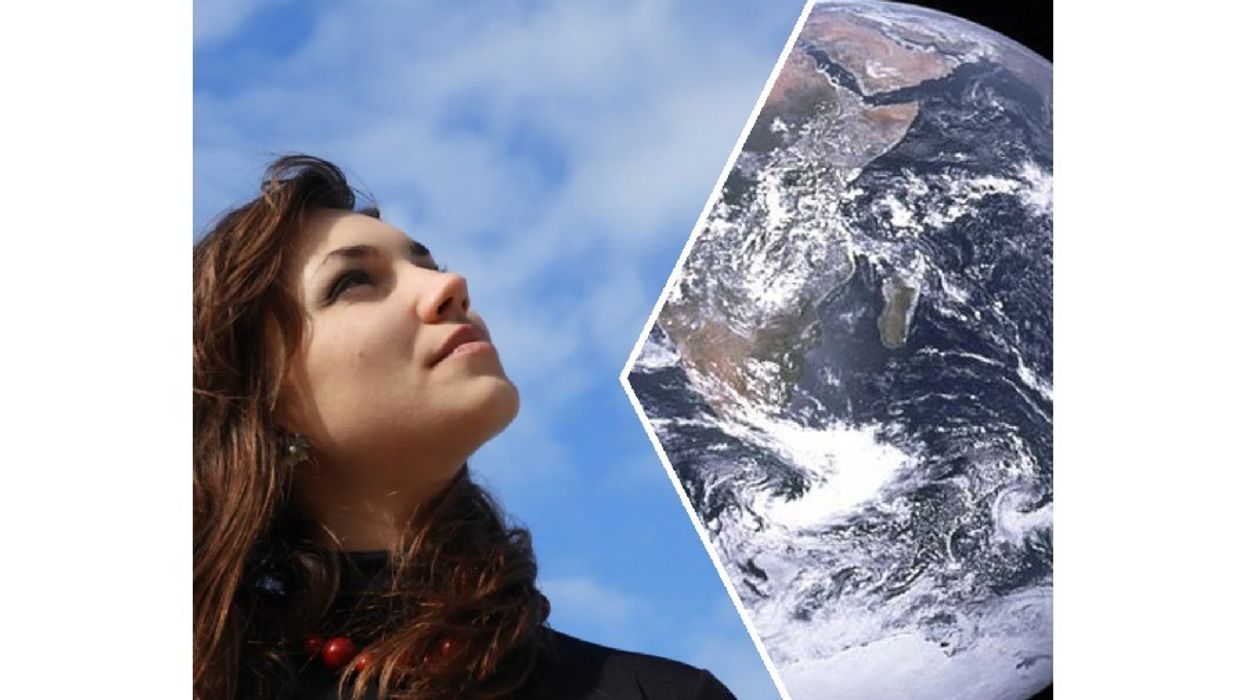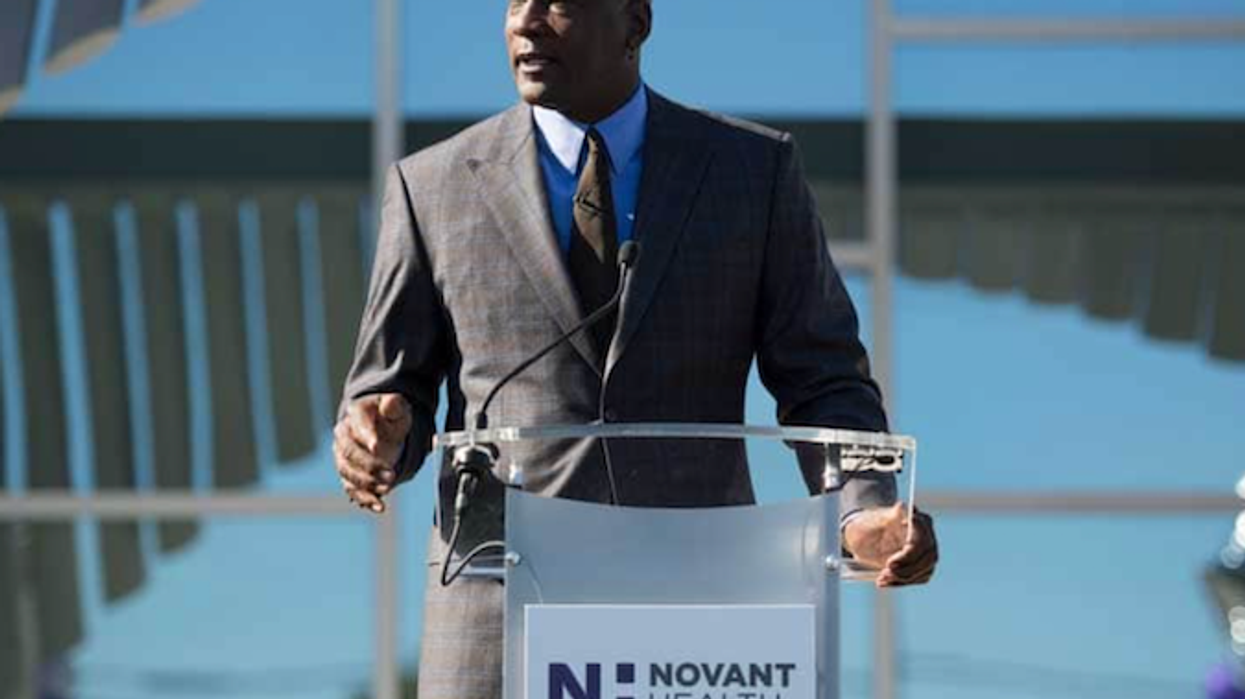[youtube]https://www.youtube.com/watch?v=zbzRTXuqzWc
Where I live in western Kenya, we process the sisal plant for fiber whenever we need some extra money. There is a good market for sisal: we use it in Kenya for ropes and carpets, and some of it gets exported. It grows everywhere, but it isn’t planted in fields. It’s a hedge plant that grows along fences, and is a backup source of income for when our normal crops decline due to drought.
Nobody takes sisal seriously as a source of profit, because it’s a tedious plant to process. You need to cut the leaves into several strips, dry them and pull the dried flesh off using a rudimentary machine. Using these traditional tools, it takes almost a full day to remove the flesh from the strips.
This labor-intensive process made me think, “What if I made a machine where you put sisal in, and it does all the work for you?” I always want to find an easier way to do things. That’s why sometimes I call myself a born innovator, not a made one!
Over the course of ten years, I created several prototype sisal-processing machines until I had two that I was satisfied with: the Sisal Decorticator, which separates the fibers from the leaves, and pays for itself in about two months, and the Sisal Twinner, which spins the fibers into twine and pays for itself in just one month.
Sisal is a crucial crop for survival—without it, we have nothing to live on when everything else fails. I thought, if people could have an income from processing hedge sisal during dry periods, selling it for money to buy food, what if we planted more to profit from it?
So in addition to developing these machines, I started talking to farmers about the importance of sisal and trying to convince them to plant it as a crop. Otherwise, nobody would invest in the plant as a source of income. I knew that making a machine would help convince people of the plant’s importance.
Our food crops don’t do as well as they used to, because of climate change. The government steps in with food donations, but they’re not enough. So rather than depending on the government or other aid, I’m encouraging my community to become more independent through sisal.
Initially, people thought I was crazy, and that I was doing everything for my own benefit. Nobody in my village embraced my idea. Even my family didn’t always support me. I think people don’t fully understand the importance of this new technology, so it’s been a challenge to promote.
I want to see my people living a life that’s enjoyable, that isn’t suffering. I want to see them getting good food and using their resources productively. I don’t want them to regret where they were born.
That’s why I’m establishing the Victoria Innovation Center in Kisumu, Kenya, to enable innovators, engineers, and designers with good ideas to walk in and get the tools they need to test and produce products. It will also be a place to educate, innovate and develop manufacturing skills. The aim is to increase empowerment, income, and quality of life; once finished, the makerspace will have the modern tools to help efficiently make durable, productive machines.
Currently, we use low-tech recycled scrap to produce our machines and borrow middle tech for complicated parts, making it impossible for us to meet market demand and produce cheap and efficient machines for our people. So the new center will act as a production space for our sisal processing machines.
I recently launched an Indiegogo campaign to raise funds for tools and machines for the center. The space will be one of the first-ever machine shops in Kenya, and our inspiration is the TechShop in the U.S. As you might imagine, raising money for small businesses in Africa is a challenge, so we are reaching out to the international maker community for initial support.
This project is part of GOOD's series Push for Good—our guide to crowdsourcing creative progress.









